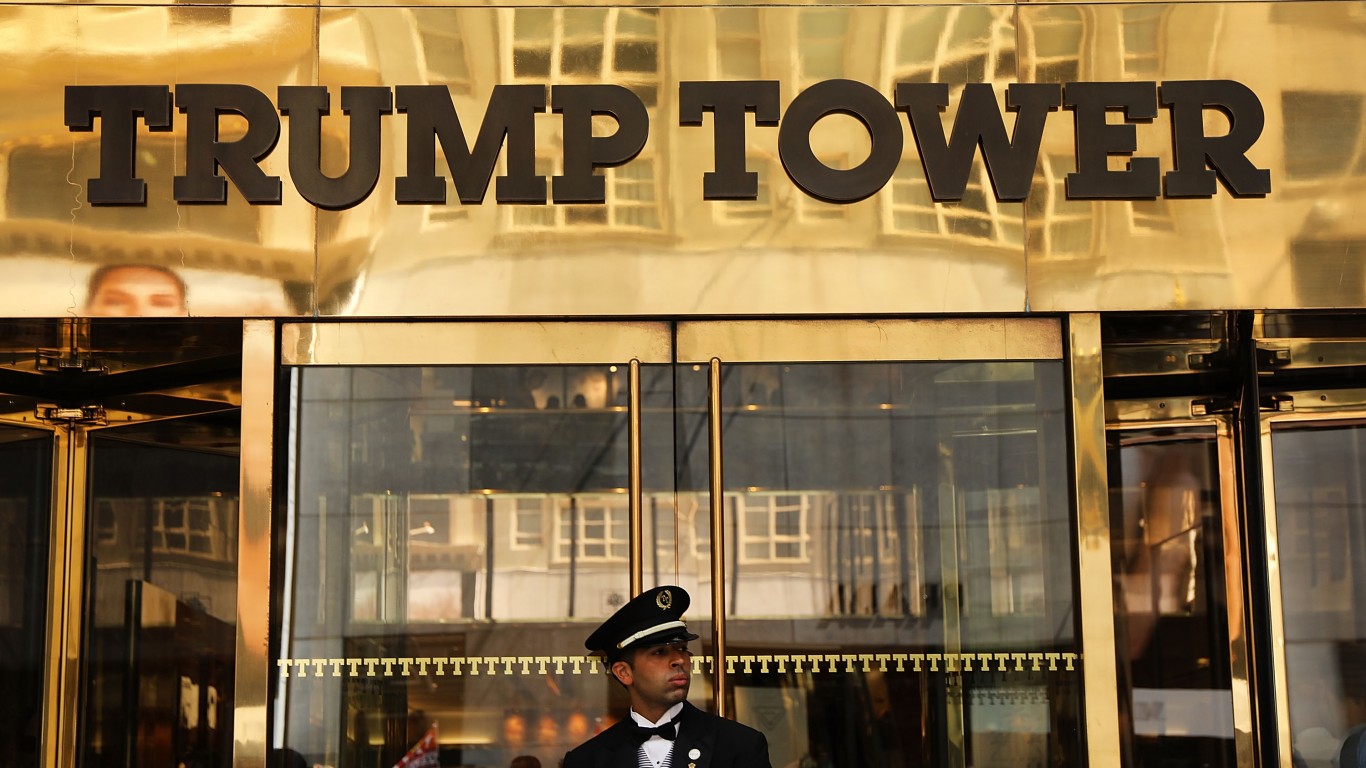
Last Friday, the U.S. Bureau of Labor Statistics reported that real (inflation-adjusted) average hourly earnings in the United States rose by 1.2% year over year in December. That may not sound like much, but it underscores a significant point: year-over-year inflation clocked in at 1.9%, indicating that wages are rising faster than inflation and Americans a finally seeing a real increase in their pay.
Naturally, perhaps, this opens the door to the question of how fast wages can grow before inflation runs wild. With unemployment well below 4%, there are worries that employers will have to raise pay even faster to attract workers. The relationship between wage growth and tight labor markets has long been described by the Phillips curve: tight labor markets lead to rising wages.
An Economic Letter published Monday by researchers at the Federal Research Bank of San Francisco examines whether ultra-low unemployment will cause wages to rise even faster than the Phillips curve predicts.
A linear Phillips curve, for example, might show that an unemployment rate of around 4% produces wage inflation of 6%. A nonlinear curve based on the same data might show that the same unemployment rate produces a slightly higher inflation rate, but until the unemployment rate rises to around 7.5%, there is no significant change in the shape of the curve. The researchers conclude that “looking at lower unemployment rates like the ones forecast for the year ahead, we find no evidence of any economically meaningful nonlinearity.” This result, however, is correlational and not causal.
Policymakers, like the Federal Reserve, want to know the causal effects of changes in the unemployment rate on wage growth: “[T]his information is important for policymakers who are concerned that stimulative monetary policy that boosts aggregate demand and lowers the unemployment rate could spark a sharp rise in wage growth and, in turn, inflation.”
Using state-level rather than national data because it has more variation and data points in types of industry, unemployment rates and wages, the researchers concluded: “In sum, a careful look at the wage Phillips curve across states yields little evidence supporting the contention that wage growth sharply rises as the labor market reaches especially tight conditions.”
That means that predictions for two increases in interest rates this year may be enough to keep inflation in check because wages still have room to rise in 2019 without fear of higher inflation. For workers, real wages could rise by as much as 1.5% in the first half of a year that is expected to see lower GDP growth than in 2018. And while job growth may slow down some, it too should remain solid for the first half of this year. Beyond that, we’ll just have to wait and see.
Visit the San Francisco Fed’s website for the full text of the Economic Letter.
It’s Your Money, Your Future—Own It (sponsor)
Are you ahead, or behind on retirement? For families with more than $500,000 saved for retirement, finding a financial advisor who puts your interest first can be the difference, and today it’s easier than ever. SmartAsset’s free tool matches you with up to three fiduciary financial advisors who serve your area in minutes. Each advisor has been carefully vetted and must act in your best interests. Start your search now.
If you’ve saved and built a substantial nest egg for you and your family, don’t delay; get started right here and help your retirement dreams become a retirement reality.
Thank you for reading! Have some feedback for us?
Contact the 24/7 Wall St. editorial team.
 24/7 Wall St.
24/7 Wall St.


